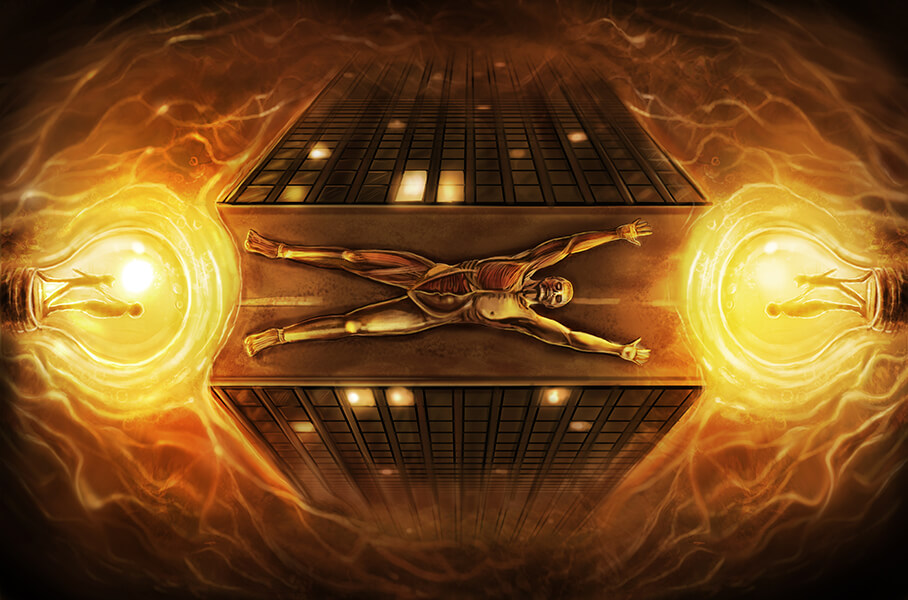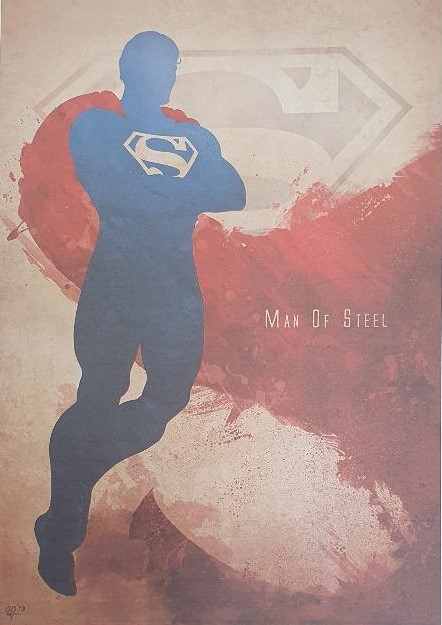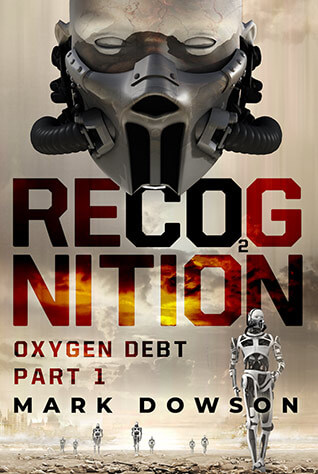
The above image shows that the protagonist must enter the future world, to see from above the danger of who is being sent to steal his ideas, kidnap or kill him. If the protagonist stays in the present world, the protagonist’s ideas will be stolen, or he will be kidnapped or killed. The protagonist needs to protect himself by being on top of his game and being a step ahead of his competition.
Our needs and emotions need to be met because if they are not met we are vulnerable otherwise to our anxieties, addictions and depression. Ben needs his voice heard because he is anxious of not been heard due to his mother not hearing him shout when the tsunami occurred.
We need to rewind back to our past. If we rewind back to his past you see a small boy close to his mum, he yearns for a close relationship once more.
Ben suffers from flashbacks of his traumatic incident.
Imagery technique that actually helps with one’s underlined negative beliefs, and shame, can be very effective for treating that. The image above is shown to Ben by Merisi – his guardian angel in the story, to enable him to understand that he needs to turn negative thinking into a positive. The image of the man who let’s everything get on top of him depicted by him having fallen down to ground, stems from blaming himself. He needs to go on a journey to find his true self and fly high depicted by the ambiguity of the image, and start to think positive and find a different kind of close relationship. He can then get rid of his shame. His journey to the future and back will help him find the new Dr. Ben Richards.
Introducing the Protagonist – a real-life climate change superhero.
One of the core themes of the story is mental health, as the protagonist Dr. Ben Richards’ suffers from long term Post Traumatic Stress Disorder and how he strives to find his real voice, which isn’t a voice but his natural leadership in creativity!
Once he recognises this in the story then his anxiety significantly reduces, as he realises the true measure of leadership is influencing others with his creative genius and thought out philosophy, rather than just to get his voice heard in motivational speaking. This was due to his psychological trauma of seeing his mother die from a Tsunami at a young age and crying out to her to try and save her, that caused him to have the desire of wanting to be heard! Recognising that his creative vision is the greatest form of leadership, and that he should be concentrating on fine tuning that rather than just getting his voice heard, like everyone else in today’s society. Desire to be different comes from being able to think differently which is developed from his PTSD and autism. Being different is good.
The protagonist’s mental health is symbolic to the way our younger society is starting to feel more and more anxious about the impact that climate change is going to increasingly have on their world in the future. I would like the younger generation to feel good about themselves and make them feel uplifted and inspired by my story, to look at developing a future in STEM subjects that can help them become creative leaders like the protagonist in the story. If I achieve helping others find their inner self through this story and inspire them to create, I have more than exceeded in my mission, when setting out to write this story.
The protagonist’s innovative thinking is derived from looking at the overall science and the economics of a design solution within a particular environment rather than merely the product engineering itself. Therefore, looking at design solutions from a more artistic, scientific, and entrepreneurial mindset than ordinarily an engineer or an architect would.
His design philosophy is to create design solutions that help curb increases both in global temperature and atmospheric CO2. His initial focus on improvements in producing wind energy is just the start of his innovative thinking to produce better design solutions that will improve the atmospheric aspect of climate change which in turn has an effect on declining levels of oxygen and increasing acidification of the Earth’s oceans.
The protagonist not only suffers from autism but long-term PTSD stemming from the tragedy he witnessed of seeing his mother die in a Tsunami caused by climate change. He has the ability to use his self-motivated creative drive developed from his PTSD compounded by his innate divergent thinking coming from his autistic traits, as his strength to be able to develop creative ingenuity and leadership.
Emphasising the story’s arc having a strong moral in turning a negative into a positive and helping society identify that their weakness may actually be their strength and superhuman power!
Dr. Richards is different, and as a real-life superhero uses his unique creative gift. His creative skills developed from his autism and his experience of trauma has transformed him into a superhero that helps create innovative design solutions to combat against climate change. In today’s world, there is some of Dr. Richards’ traits, experience, and ability in us all, wanting to gain recognition for our work in helping others and the environment.


